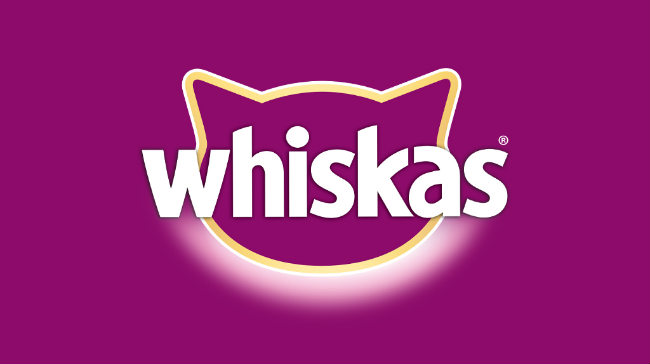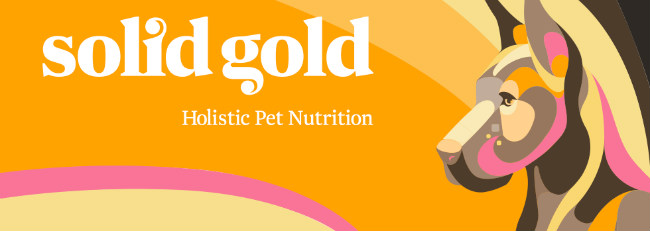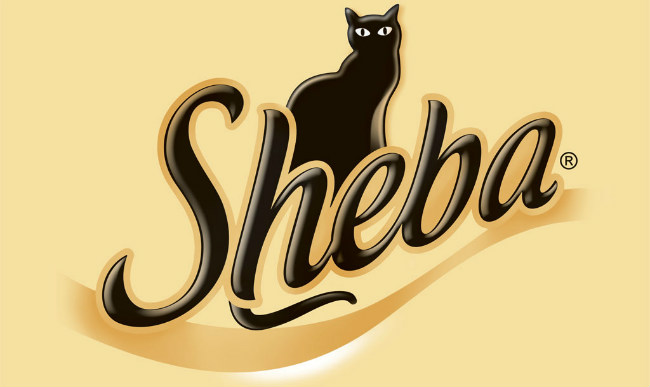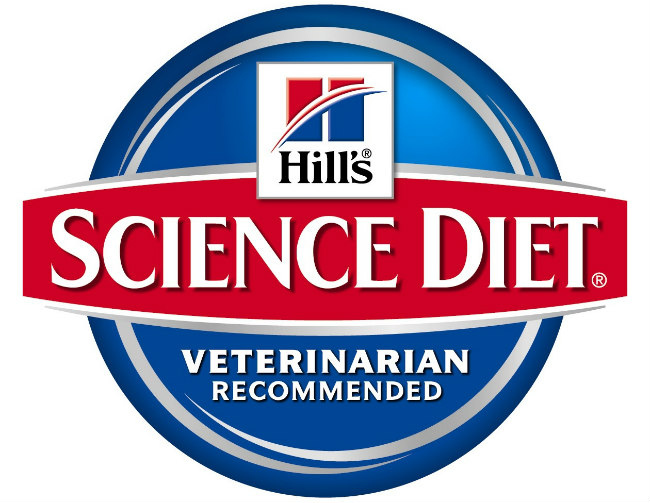Do you often change your cat’s formula? It is important to do so once in a while to you’re your cat from getting bored with its food. Changing your cat’s formula is a hard decision to make but has to be made at some point. Just like you, cats too can get bored from feeding on the same formula throughout. To make the right choice, you need to put the brand and formula ingredients into consideration.
Whiskas tender bites with beef in juices is one of the wet formulas available today. According to the Whiskas brands manufacturer, this is a nutrient rich formula with real beef chunks immersed in tasty juices.
Does this formula pass the nutrition test? Read on to find out.
Ingredients in Whiskas Tender Bites with Beef In Juices
Sufficient water for processing, chicken, beef liver, meat by-products, beef, natural flavor, starch, tetra potassium pyrophosphate, potassium chloride, added color, salt, sodium tripolyphosphate, xanthan gum, magnesium sulfate, dl-methionine, taurine, Choline chloride, thiamine Mononitrate (vitamin b1), pyridoxine hydrochloride (vitamin b6), vitamin e supplement, iron sulfate, zinc sulfate, copper sulfate, potassium iodide, manganese sulfate, vitamin d3 supplement, menadione sodium bisulfite complex (source of vitamin k activity), folic acid.
An overview of the first five ingredients
Water
As you might expect, water is mostly added for moisture and cooking purposes. It does not add any nutritional value to the food.
Chicken
Chicken is a very popular ingredient for pet food and in this case, they are referring to whole chicken. This is a very high quality meat source and we are pleased to see it listed. However, whole chicken loses about 80% of its content during the cooking process since the majority of whole chicken is water. After the cooking process is complete, the amount of whole chicken remaining is substantially reduced. Therefor, while whole chicken is a great source of meat protein, this ingredient alone is not enough to provide sufficient levels of meat protein in a cats diet.
Beef liver
Some cat owners think they should avoid any type of liver because in high quantities, liver can be toxic to cats. However, in proper quantities this is actually a very safe and nutritious ingredient for most cats. Beef liver is not something most people would find appetizing, but in the wild, cats eat almost every organ of their prey, including livers. It contains a high amount of protein, iron, vitamins, minerals, and many essential nutrients that an obligate carnivore like a cat needs to thrive.
Meat by-products
This is about the lowest quality meat product that can be included in any cat food. We are very disappointed to see this ingredient listed. Meat By-Products are parts of slaughtered animals including the lungs, spleen, kidneys, brain, liver, blood, bone, partially defatted low-temperature fatty tissue, and stomach and intestines freed of their contents. In addition, meat by-products can also legally contain animals that were dead, dying, or diseased before slaughtering. Many times, animals with tumors are ground and processed, meaning, ground up cancerous tumors could legally be included in your pets food. While unlikely, it can even legally include road kill. Perhaps worst of all, this ingredient COULD include meat from euthanized cats, dogs, horses, or other animals. Meat by-product is an unnamed meat source and you never know for sure where it is coming from or what animals are being used. Also note that meat by-products are not approved for human consumption. It consists of unwanted parts only acceptable in the pet food or feed industries. This is one of the most controversial meat ingredients that could be included and there is much to be concerned about when purchasing any pet food that includes meat by-products.
Beef
Beef is considered to be a higher quality ingredient. It is an excellent source of animal protein and contains many other nutrients that are very important for a cat to survive and thrive. Since this is not in “meal” form, that means this ingredient still contains all of its moisture content prior to cooking. Once fully cooked, most of this ingredient will have evaporated due to its high moisture content. That means, even when this ingredient is ranked highly, it will usually only provide a small percentage of the overall protein in the food. There is no dismissing this ingredient, though. It is high quality and we are pleased to see it listed.
Other ingredients to look at
Starch
Starch or amylum is a carbohydrate consisting of a large number of glucose units joined by glycosidic bonds. This polysaccharide is produced by most green plants as an energy store. It is the most common carbohydrate in human diets and is contained in large amounts in such staple foods as potatoes, wheat, maize (corn), rice, and cassava. Starch is most commonly found in dry cat food products to help bind the food together. While some cats may have trouble digesting this ingredient and it doesn’t provide a whole lot of nutritional value to a cat food, the risks associated with starch in cat food is pretty minimal. However, since it doesn’t really provide any nutritional value for your cat, many cat owners are shying away from this ingredient and are moving towards the ever increasing number of starch free cat food blends.
Choline chloride
Like humans and many other species, cats require choline. Almost all commercial pet food blends will contain supplemental choline. This ingredient mostly helps with cell function.
Salt
Salt is necessary for a cats body to function properly, but too much salt can be dangerous and even deadly. Usually, salt is added to pet food in order to meet AAFCO nutritional requirements. Salt, or sodium chloride, is indeed necessary so cat food that doesn’t contain enough will have a bit of it included. Salt helps your cats cells move nutrients and waste products where they need to go, and it helps his or her tummy make the right amount of acid to digest food properly. According to the Journal of Nutrition, average-sized cats need about 21 milligrams of salt per day. Many cat foods have higher concentrations than that. The National Research Council recommends no more than 42 milligrams per day. Most of the time, salt in commercial cat food products poses no danger and does have some nutritional benefit.
Xanthan gum
This is a substance produced by bacterial fermentation or created synthetically and is used in cat foods as a gelling agent and thickener. It is composed of glucose, mannose, and glucuronic acid. It is what causes the black rot on veggies that have been in the fridge too long. Once the bacteria has fermented, it is pasteurized (killed) and filtered. The resulting xanthan gum is then treated with isopropyl alcohol, dried, ground, and diluted to desired consistency. The finished product is a loose, whitish-colored powder. The behavior of xanthan gum makes it ideal for food processing purposes and is used in human food frequently. Nutritionally speaking, it is a carbohydrate with about seven grams of fiber per tablespoon. Xanthan gum is made using carbohydrates from corn, wheat, dairy, or soy which are all common food allergens for many cats.
Tetra potassium pyrophosphate
This is a salt composed of pyrophosphate and sodium ions. It is used as a buffering agent, an emulsifier, a dispersing agent, and a thickening agent in both human and pet food products. For cats, this is usually used to make the food taste better. Common foods containing sodium pyrophosphate include chicken nuggets, marshmallows, pudding, crab meat, imitation crab, canned tuna, and soy-based meat alternatives and cat foods and cat treats where it is used as a palatability enhancer. We are generally very leery of flavor enhancers in pet food, but to date there is not much evidence to suggest this ingredient causes any negative side-effects in cats.
Is this an allergy causing formula?
This formula does not seem to contain any allergy causing ingredients. Therefore, it is highly unlikely to cause allergic reactions in cats.
Ingredients not to feed your cat on
Corn, soy and wheat – All three of these ingredients are known allergens for many cats. In addition, many cats have problems digesting these grain based ingredients. Since cats are obligate carnivores, their digestive systems are designed to digest meat and not grains. All of these ingredients will help to boost the protein percentage in cat food, but not all protein is created equally. Cats do not digest plant based proteins in the same way as meat proteins and in fact, gain little to no nutritional value from these grains. Several “grocery store brand” cat foods include these products to keep the price down as it is a cheap filler to help make your cat feel full as well as a cheap way to add protein to the food.
Artificial coloring and flavoring – Both artificial and natural flavor ingredients are considered to be lower quality ingredients. Artificial flavor is usually derived from petroleum. Most have not been studied for safety or toxicity. They are all synthesized chemicals that don’t even have common names. Most artificial flavors actually contain many chemical ingredients, not just one. Many of those chemicals are volatile. Both natural and artificial flavors are chemical based ingredients and we don’t get all that excited when we see either one of those ingredients listed. Both of these ingredients have potential allergy risks and other possible health problems in cats.
We also find it quite irresponsible to include artificial coloring in pet food since the health concerns about these added colors are so controversial. Your cat does not care what color their food is and the only reason artificial coloring is added to this product is for marketing purposes. It makes the food look better to you YOU, the human consumer. Of course, many cat food brands are very defensive about their use of food coloring. Here is an example of how the Purina brand defends their use of fool coloring. Notice how even in their explanation, there is no perceived benefit to these ingredients other than changing the color. There is also a growing amount of evidence to suggest food coloring may be linked to cancer in not just dogs and cats, but also humans. Here is an article that explains a bit further. In short, since there is some controversy surrounding this ingredient, we find it a bit strange that cat food companies would spend money adding this ingredient into a product when at best, it has zero nutritional value for your cat and only has marketing value. At worse, it could pose health risks. It just doesn’t seem like the risk of including this ingredient is worth it.
Gluten – This ingredient is associated with causing allergies in cats. It is also known to raise sugar levels in cats. Over time, this can lead to diabetes. Gluten refers to the proteins found in wheat endosperm which is a type of tissue produced in seeds that’s ground to make flour. Many pet food manufactures will use this ingredient to help boost the protein percentage of the food.
Conclusion
This formula has an impressive list of ingredients. The only down side is the inclusion of water as the first and consequently most abundant ingredient. It boasts quite a number of protein sources, which is a plus. However, the inclusion of meat by-products is somewhat worrying as the source is not indicated. The formula also contains starch whose source is unknown. Overall, Whiskas tender bites with beef in juices cat formula is a good formula.






